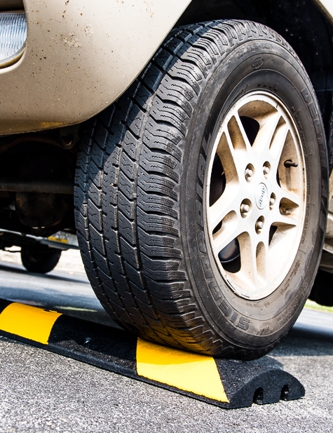Using waste CRT screen glass as raw material to prepare foam glass and connecting Huiyuan 1 Yuan Wenyi 2 Wu Xiaoyang 2 Li Jinhui 212 Zhu Weiyao 1 (1. School of Civil and Environmental Engineering, University of Science and Technology Beijing, Beijing 100083; 2. School of Environment, Tsinghua University, Beijing 100084) Scanning electron microscopy (SEM), thermal conductivity meter and other analytical methods were used to study the effects of foaming agent dosage, foaming temperature and foaming time on foam cell diameter, density, thermal properties and mechanical properties. The results show that under the same firing conditions, the density of the foamed glass obtained by firing increases with the "V" type change when the amount of foaming agent is increased; when the blending amount is 0.20%, the density and pore diameter of the foamed glass The distribution and mechanical properties are optimal. As the foaming temperature increases and the foaming time increases, the density gradually decreases, and the bubbles of the foam glass gradually increase, resulting in a connection phenomenon. When the foaming temperature is 820, the foaming time is 30min, the density of the foamed glass is 0.180g/cm3, the thermal conductivity is 0.0695 raytube, CRT) due to its mature technology, high reliability, low price and long service life. Advantages, as the core display components of televisions, computers, oscilloscopes and other electronic and electrical equipment, are widely used in people's production and life. However, with the development of science and technology, liquid crystal displays are gradually replacing CRT monitors, abandoning CRT The quantity is also increasing year by year. China is a big country in the production and consumption of household appliances. It has entered a peak period of CRT display, and it is predicted that the annual elimination will reach more than 5 million. 0. CRT glass contains a variety of toxic and hazardous substances. Direct landfill can contaminate soil and water with heavy metals such as lead and cadmium. At the same time, animals and plants absorb various heavy metals through the water body, and gradually accumulate and enrich with the food chain, eventually entering the human body and seriously endangering the health of the population. 6-5. Therefore, the recycling of waste CRT glass has become an urgent problem to be solved. Some scholars at home and abroad have already carried out the resourceization of CRT glass. It can be seen that the thermal conductivity of the foamed glass increases with the increase of the holding time, and the thermal conductivity is a process of decreasing first and then increasing. The reason is that as the holding time is prolonged, the bubble wall becomes thinner and thinner, and the thermal conductivity is higher. The smaller the insulation, the better the insulation effect, but when it is thin to a certain extent, communication occurs between the bubble wall and the bubble wall, resulting in an increase in the thermal conductivity. 3 Conclusions Waste CRT screen glass is used as raw material, carbon black is used as foaming agent, and foam glass is fired by powder sintering method. The foaming temperature is 820C, and the optimum amount of carbon black is 0.20%. The density of the fired foam glass is 0.21g/cm3, the compressive strength is 1.53, and the foaming temperature is increased. The sample pore size gradually becomes larger, but the overall distribution is relatively uniform. When the foaming temperature is 820C and 830 C, the sample density is 0.1857g/cm3 and 0.1836g/cm3, respectively, and the compressive strength is 1.1084MPa and 0.9077MPa respectively. The density of the sample can be seen, but the mechanical properties are When 820C is much stronger, consider 820C as an optimum foaming temperature for this ingredient. At the same foaming temperature, the density gradually decreases with the increase of the holding time, and the thermal conductivity decreases first and then increases. When the foaming time is 30 min, the density is 0.1857 g/cm3 and the thermal conductivity is 0.06951 WmK). Achieve an optimal state. (Finish) The Traffic Safety Store Speed Bump and Speed Hump Buyers Guide
Cost effective, years of high performance with low maintenance
When to use a Speed Hump instead of a Speed Bump?
Rubber Speed Breakers,Rubber Speed Bumps,Portable Speed Bumps,Rubber Speed Humps Renqiu Xingcheng Rubber Products Co., Ltd. , https://www.rubbermats.nl
Benefits Rubber Speed Bumps and Speed Humps over traditional asphalt or concrete bumps are:
100% recycled material
Never need painting
Easy one person installation
Removable for snow plowing or pavement maintenance
Speed Bumps are designed to:
Improve pedestrian safety
Reinforce stop signs in parking lots
Reduce the risk of accidents on private residential streets, driveways and parking lots
Speed bumps are specifically made to slow drivers down to between 2 to 5 mph.
Speed Humps are designed to:
Slow traffic on public roads such as schools, hospitals, anywhere reduced vehicle speeds are desired
Be gentle enough so that emergency vehicles do not need to slow down
Industrial areas or areas with heavy truck traffic where high speeds can lead to an overturned vehicle
Speed humps are specifically designed to slow vehicles to between 10 to 15 mph.
